![]()
mystery | characteristics | what it does | what it is | How it works | dialectical approach | laws of | viewpoint | tentative
Any science is one among many of the systematic ways of discovering facts, predicting outcomes based on evidence, and talking about the uncertainty of this enveloping material
mystery that surrounds us.
Science is a way of knowing as a form of discourse based on a disciplined inquiry to address the inherent uncertainties of material relations or physical existence.
Science may be thought of as a methodical, logical and refutable examination of three material attributes of existence:
Characteristics of scientific knowing:
diagram table | chain of being | hypothesis testing | dialectical method | laws
Galileo Galilei | Charles Darwin | Albert Einstein
Scientific information, intelligence or knowledge of the natural world examines, explains and considers both the largest and the tiniest pieces our physical existence; so we say that such knowledge divides the macrocosm from the microcosm. Below is a rendering of the tiniest quarks which form the experimentally verifiable smallest features of the microcosm and a composite photograph of the visible universe, or the maximum extent we may see the macrocosm.
microcosm
•••
macrocosm
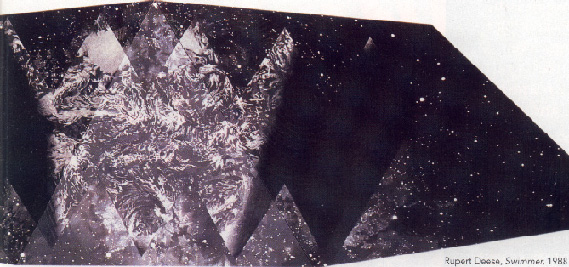
The so-called "W Map" of the cosmos of which we are but a barely discernible speck.
![]()
mystery | characteristics | what it does | what it is | How it works | dialectical approach | laws of | viewpoint
Material things
come in two relative or
different sizes
| small | large |
strings leptons molecules |
organs bodies planets galaxies black holes |
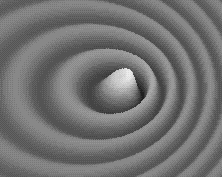
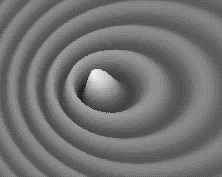
![]()
mystery | characteristics | what it does | what it is | How it works | dialectical approach | laws of | viewpoint
Science is at once a means and a set of related findings that considers all information derived from experience and developed by rational thought along a spectrum of alternatives.
One simple example of opposites on a spectrum of mass is that, to us, there seems to be high energy, short wave radiation emitted from atoms and low, energy, long wave radiation emitted as heat from bodies.
short wave long wave high energy visible spectrum of light low energy ultraviolet
Science refers to both how things are knowable and what is known:
The means or way to know something is referred to as methods.
The body of knowledge discovered by such means is called a discipline.
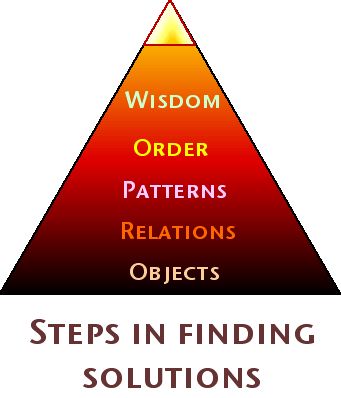
![]()
La scala naturae
Between the extremities of neutrinos and black holes: are electrons, protons, neutrons, atoms, compounds, molecules, viruses, cells, organs, organ systems, organisms, planets, suns neutron stars, red giants and white dwarfs, galaxies, galactic clusters, quasars and pulsars, each in increasing size on above the other as if along a great chain of being!
Light
![]()
The visible spectrum of radiation is called light.
Science then is a dichotomous use of dialectical thought processes to reason about the natural world so that theories in the form of hypotheses may be tested against real evidence from actual experiments; the goal of these tests is to distinguish what is most predictable from that which is insubstantial, too poorly understood, or unsolvable.
| Methodological approaches: | Analytical | Synthetic |
inductive |
Darwin |
Kepler |
deductive |
Boyle |
Lavoisier |
Instead of a method for revealing "truths," science is most accurately characterized as a process used to determine the degree of uncertainty inherent in worldly knowledge.
See methodology for more information on this topic.
Science shapes our worldviews more accurately to account for actual conditions.
Once tested, hypotheses that stand the critical scrutiny of this skeptical procedure are referred to as theories whose veritable importance and widespread application cause them to be referred to as laws, or natural laws.

Laws, for example, constitute the foundations for a body of knowledge:
the second law of thermodynamics
the law of meiotic segregation and crossover
the law of gravity
Light bends around massive bodies with gravitationally powerful fields in space! 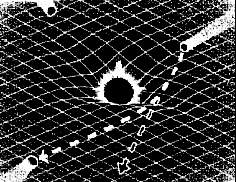
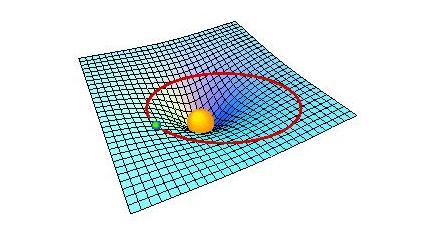
Gravitational fields bend light. What we call gravity is the contours of spacetime.
Etymology –On the origins of this word.
Science was derived in the 1300s, meaning "knowledge (of something) acquired by study," also "a particular branch of knowledge," from Old French science:
from Latin: scientia "knowledge," from sciens (genitive of scientis), present particle of scire "to know," probably originally "to separate one thing from
another, to distinguish," related to scindere "to cut, divide,"
from Proto Indo-European base *skei- (cf. Greek skhizein "to split, rend, cleave," Goth. skaidan, Old English sceadan "to divide, separate;" see shed (verb)).
Modern sense of "non-arts studies" is attested from 1670s. The distinction is commonly understood as between theoretical truth (Greek episteme) and methods for effecting practical results (tekhne), but science sometimes is used for practical applications and art for applications of skill.
Main modern (restricted) sense of "body of regular or methodical observations or propositions ... concerning any subject or speculation" is attested from 1725; in the 17 century to the 18 century this concept commonly was called natural philosophy.
Summary
Science has three distinct facets or features that define it.
As a coherent form of knowing, it possesses:
a means of restricting uncertainty
End of science lesson three: revealing the order in the mystery
lesson one: on the meaning and confusion of terms
lesson two: means of knowing the enveloping mystery.
lesson four: The body of knowledge about this mystery.

Science Index | Site Analysis | Population Index | Global Warming Index | Nature Index
Research Home Page | Science contents of the Site | Web site | Genetics Index



Guide to Siry's Ecology Site